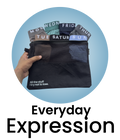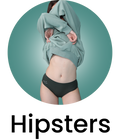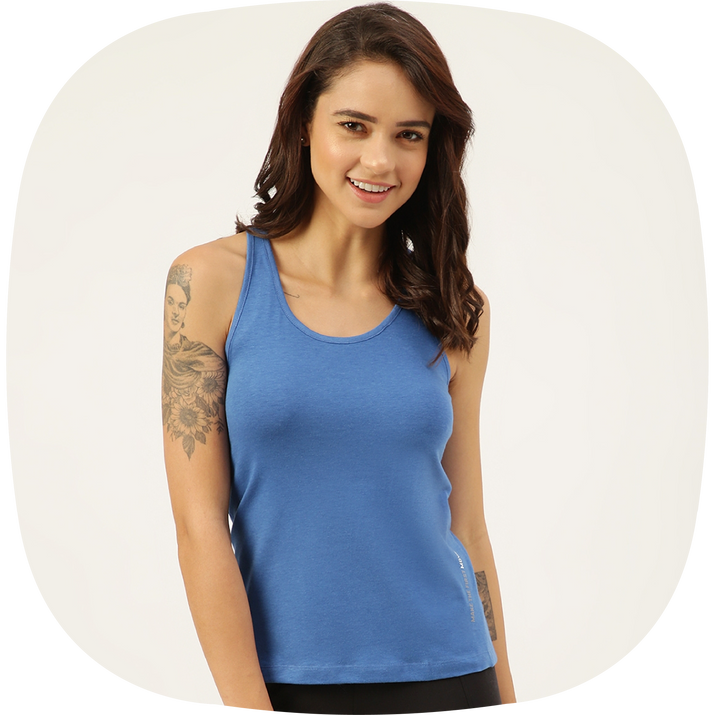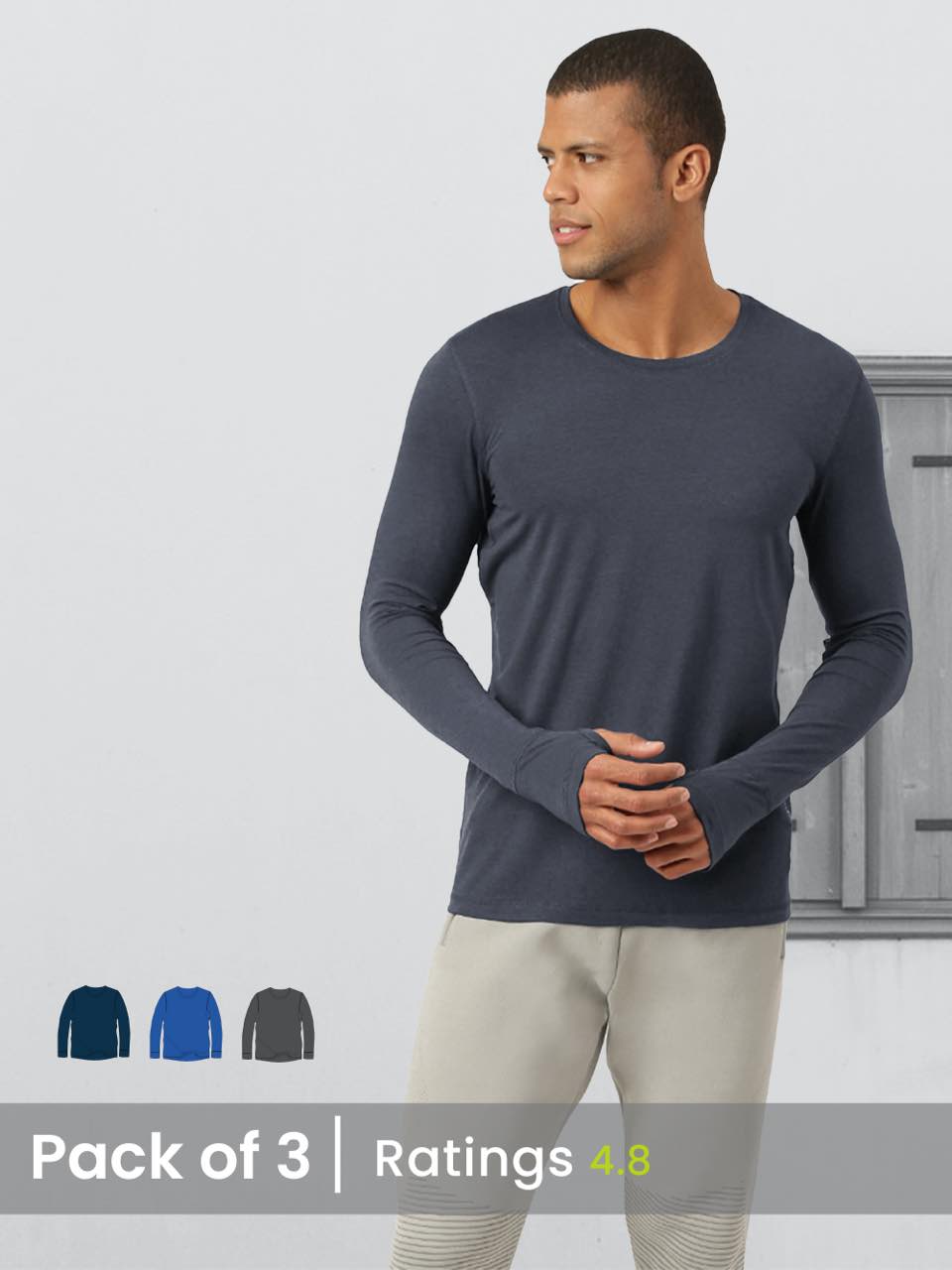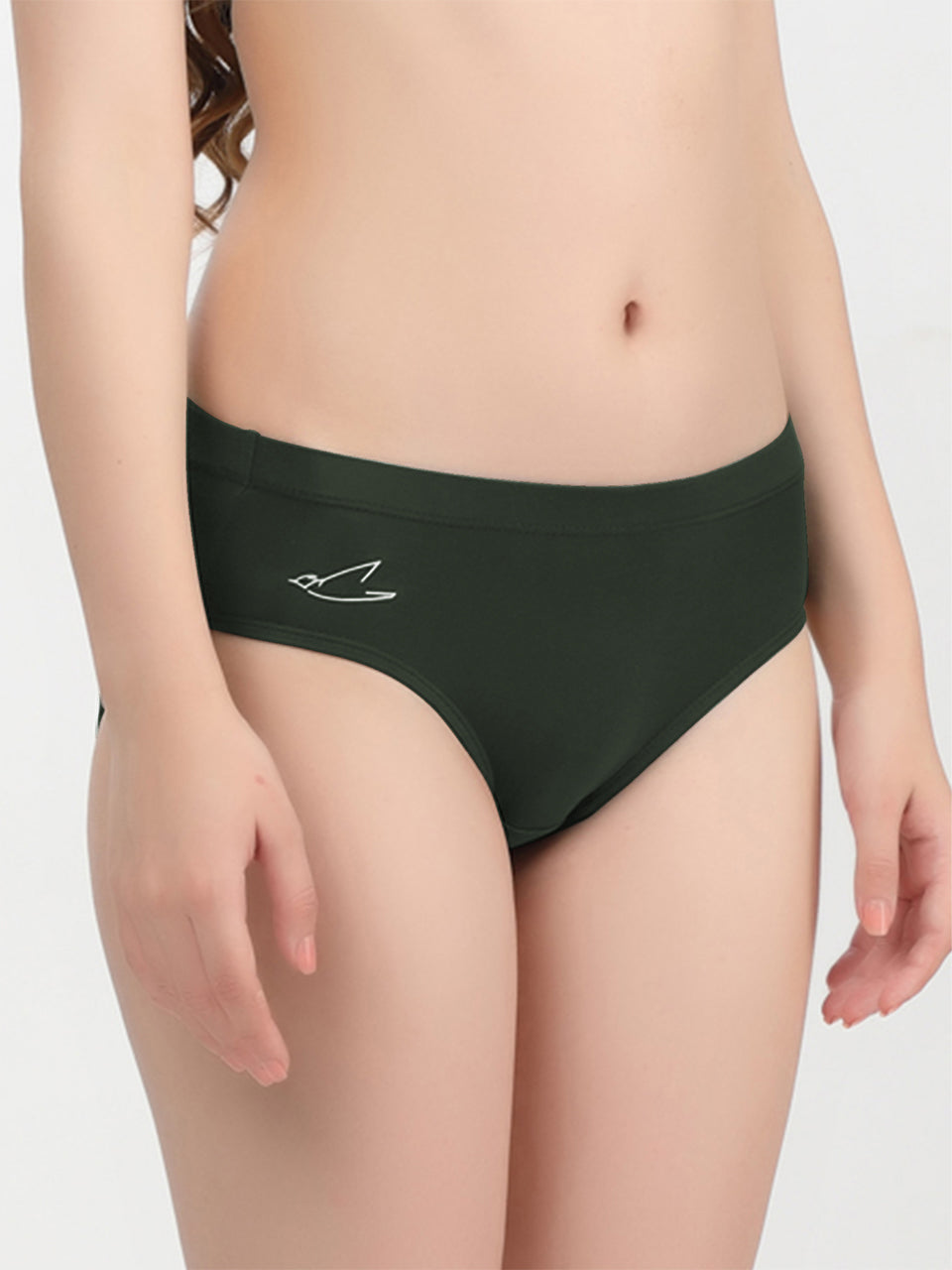Imagine pushing your limits during a high-intensity workout, the discomfort of sweat weighing you down. Today's activewear addresses this directly. We're moving beyond basic cotton tanks to performance-driven apparel. This exploration centers on lightweight, moisture-wicking women's tank tops, a cornerstone of modern athletic wardrobes. We'll dive into the textile science behind their effectiveness, examining fabric blends like polyester and merino wool and their impact on breathability and drying time. Ultimately, understanding these design elements empowers you to select apparel that enhances your performance and comfort, whether you're hitting the gym or running a marathon.

The Science Behind Lightweight Fabrics
Lightweight fabrics are crucial for comfortable activewear, especially in women's fashion. The key is understanding how these materials are engineered to minimize weight without sacrificing durability. This often involves using specific fiber types and weaving techniques.
- Fiber Selection: Common choices include polyester, nylon. Microfiber blends. These synthetic fibers are naturally lighter than natural fibers like cotton.
- Weaving Techniques: Open weaves like mesh or knit fabrics create more space between fibers, reducing the overall weight of the material.
The denier (a unit of measurement for the linear mass density of fibers) also plays a significant role. Lower denier fabrics are finer and lighter. For instance, a tank top using a 30-denier microfiber will be noticeably lighter than one made from a 75-denier fabric.
For example, many popular activewear brands utilize a warp-knitted fabric that combines lightweight polyester with elastane. The polyester provides the core strength and lightness, while the elastane offers stretch and shape retention.
Understanding Moisture-Wicking Technology
Moisture-wicking is the ability of a fabric to draw sweat away from the skin and transport it to the outer surface of the material, where it can evaporate quickly. This process helps keep the wearer dry and comfortable, especially during intense physical activity. This is a crucial aspect for women's activewear.
- Capillary Action: This is the primary mechanism behind moisture-wicking. The fabric's structure creates tiny channels that draw moisture away from the skin.
- Hydrophilic vs. Hydrophobic Fibers: Moisture-wicking fabrics often use a combination of these fiber types. Hydrophobic fibers (like polyester) repel water, encouraging it to move to the fabric's surface, while hydrophilic fibers (like treated nylon) can absorb a small amount of moisture to facilitate the process.
There are two primary types of moisture-wicking technologies:
- Mechanical Wicking: This relies on the physical structure of the fabric (e. G. , fiber shape, weave pattern) to create channels for moisture transport.
- Chemical Wicking: This involves treating the fabric with a chemical finish that enhances its ability to draw moisture away from the skin.
A real-world example is the use of dri-FIT technology in Nike apparel. This technology employs a specially engineered polyester microfiber fabric that promotes rapid moisture evaporation, keeping athletes cool and dry. The effectiveness of these technologies is often evaluated using standardized tests, such as the American Association of Textile Chemists and Colorists (AATCC) test methods, to measure the fabric's wicking rate and drying time.
Comparing Different Moisture-Wicking Fabrics
Several fabric types are commonly used in moisture-wicking women's tank tops. Each has its own set of advantages and disadvantages.
| Fabric Type | Moisture-Wicking Ability | Breathability | Durability | Cost |
|---|---|---|---|---|
| Polyester | Excellent | Good | High | Low to Medium |
| Nylon | Very Good | Good | High | Medium |
| Polypropylene | Excellent | Fair | Medium | Low |
| Merino Wool | Good | Excellent | Medium | High |
| Bamboo | Good | Excellent | Low to Medium | Medium |
Polyester is a popular choice due to its excellent moisture-wicking properties, high durability. Relatively low cost. Nylon offers similar benefits but tends to be softer and more expensive. Polypropylene is another excellent moisture-wicker. Its breathability is lower compared to polyester and nylon. Merino wool is a natural fiber that provides good moisture-wicking and excellent breathability, making it suitable for cooler weather. But, it can be more expensive and less durable than synthetic options. Bamboo is a sustainable option with good moisture-wicking and breathability. Its durability is generally lower than synthetic fabrics.
Ultimately, the best fabric choice depends on the specific application and the desired balance of performance, comfort. Cost. For example, a tank top designed for high-intensity workouts might prioritize polyester or nylon for their superior moisture-wicking and durability, while a tank top intended for yoga or casual wear might opt for merino wool or bamboo for their enhanced comfort and breathability.
The Importance of Lightweight Design for Performance
A lightweight design in a women's tank top significantly impacts performance by reducing the burden on the wearer. This is especially vital during activities that require a wide range of motion or prolonged exertion.
- Reduced Fatigue: Lighter clothing minimizes the energy expenditure required to move, leading to less fatigue over time.
- Improved Range of Motion: Lightweight fabrics allow for greater freedom of movement, enabling athletes to perform at their best.
- Enhanced Comfort: A lightweight tank top feels less restrictive and more comfortable against the skin, reducing distractions and improving focus.
Consider a long-distance runner wearing a heavy, non-breathable tank top. The added weight and restricted movement could significantly impact their performance, leading to faster fatigue and a slower pace. In contrast, a runner wearing a lightweight, moisture-wicking tank top would experience greater comfort, reduced fatigue. Improved overall performance. This is why many activewear companies invest heavily in research and development to create fabrics that are both lightweight and high-performing.
Moreover, the design elements of a tank top, such as the cut and seam placement, also contribute to its overall weight and comfort. A minimalist design with strategically placed seams can further reduce weight and minimize chafing, enhancing the wearer's experience.
Real-World Applications and Use Cases
Lightweight, moisture-wicking tank tops are ideal for a wide range of activities and environments. Here are some real-world applications and use cases:
- Running and Training: These tank tops keep athletes cool and dry during intense workouts, reducing discomfort and improving performance.
- Yoga and Pilates: The lightweight, breathable fabrics allow for unrestricted movement and prevent overheating during these activities.
- Hiking and Outdoor Adventures: Moisture-wicking properties help regulate body temperature and prevent chafing during long hikes or outdoor excursions.
- Everyday Wear: These tank tops are also comfortable and stylish enough for casual wear, making them a versatile addition to any wardrobe.
Many professional athletes rely on lightweight, moisture-wicking apparel to perform at their best. For example, marathon runners often choose tank tops made from advanced synthetic fabrics that offer superior moisture management and breathability. Similarly, yoga instructors and practitioners prefer tank tops that allow for a full range of motion and keep them cool and comfortable throughout their practice.
Beyond athletic pursuits, these tank tops are also popular among travelers and outdoor enthusiasts. The lightweight, quick-drying properties make them ideal for packing light and staying comfortable in various climates and conditions. For instance, a hiker might choose a merino wool tank top for its natural moisture-wicking and odor-resistant properties, while a traveler might opt for a polyester tank top for its durability and ease of care.
Care and Maintenance for Longevity
Proper care and maintenance are essential to prolong the life and performance of your lightweight, moisture-wicking tank tops.
- Washing Instructions: Always follow the manufacturer's washing instructions. Generally, machine wash in cold water with a mild detergent. Avoid using bleach or fabric softeners, as these can damage the fibers and reduce the fabric's moisture-wicking capabilities.
- Drying: Tumble dry on low heat or hang to dry. Avoid high heat, as this can cause the fabric to shrink or lose its shape.
- Storage: Store your tank tops in a cool, dry place away from direct sunlight.
Over time, repeated washing can cause the moisture-wicking finish to degrade. To prolong the life of the finish, consider using a specialized detergent designed for activewear. These detergents are formulated to remove odors and sweat without damaging the fabric's performance properties.
Also, avoid ironing your tank tops, as the heat can damage the synthetic fibers. If ironing is necessary, use a low setting and place a cloth between the iron and the fabric.
By following these simple care and maintenance tips, you can ensure that your lightweight, moisture-wicking tank tops remain in good condition and continue to provide optimal performance for years to come.
Conclusion
The lightweight design and moisture-wicking properties of this tank top are more than just features; they're your keys to unlocking unrestricted movement and all-day comfort, no matter the activity. As someone who’s struggled with overheating during workouts, I can attest to the game-changing difference a breathable fabric makes. The Success Blueprint: Prioritize fabrics that actively manage moisture, allowing you to stay cool and dry. Choose a design that complements your body and activity level, ensuring a full range of motion. Finally, invest in quality; a well-made tank will endure, offering lasting comfort and performance. Remember, confidence comes from feeling good in your own skin. This tank top is designed to help you do just that, so embrace its potential and conquer your day!
More Articles
Women's Cotton Boxers for Women Anti Chafing – Breathable Comfort & All-Day Smoothness
Women's Boxer Briefs for Women Pack – Comfortable Fit & Versatile Style
Women's Seamless Boxers for Women Soft – All-Day Comfort & Invisible Under Clothes
Women's Seamless Boy Shorts for Women Comfortable – No Panty Lines & Smooth Fit
FAQs
So, what exactly does 'moisture-wicking' mean for this tank top?
Good question! Moisture-wicking means the fabric is designed to pull sweat away from your skin and towards the surface of the material where it can evaporate faster. This helps keep you feeling dry and comfortable, especially during workouts or hot weather. No more that clammy feeling!
How lightweight is 'lightweight'? Will I even feel like I'm wearing anything?
Haha, almost! It's definitely designed to be barely-there. Think of it as super breathable and airy, not bulky or heavy at all. You'll notice the difference, especially compared to a thicker cotton tank.
Is this tank top see-through at all? I want to be able to wear it alone, not just as a base layer.
That depends on the color and how tightly it fits. Lighter colors like white or pastels might be a little more sheer, especially if stretched. Darker colors are generally less see-through. Consider wearing a nude bra if you're concerned, or opting for a darker shade.
What kind of activities is this tank top best suited for?
Because it's lightweight and moisture-wicking, it's great for pretty much anything active! Yoga, running, hiking, gym workouts... Even just lounging around on a hot day. It's designed to keep you cool and comfortable no matter what you're up to.
Will this tank top shrink in the wash?
To minimize shrinking, it's always a good idea to follow the care instructions on the label. Typically, washing in cold water and either tumble drying on low or hanging it to dry will help prevent significant shrinkage.
How do I know what size to get? Should I size up or down?
Check the specific brand's size chart, if available! Generally, these tanks are designed to be fairly true to size. If you prefer a looser fit, you could size up. I'd recommend sticking with your usual size for the best performance and fit, especially if you plan on using it for workouts.
What material is it made of?
It's usually made of a blend of synthetic fabrics like polyester, nylon, or spandex. These materials are chosen for their lightweight, breathable. Moisture-wicking properties. Sometimes you'll also see a small percentage of natural fibers like cotton or modal added for extra softness.

